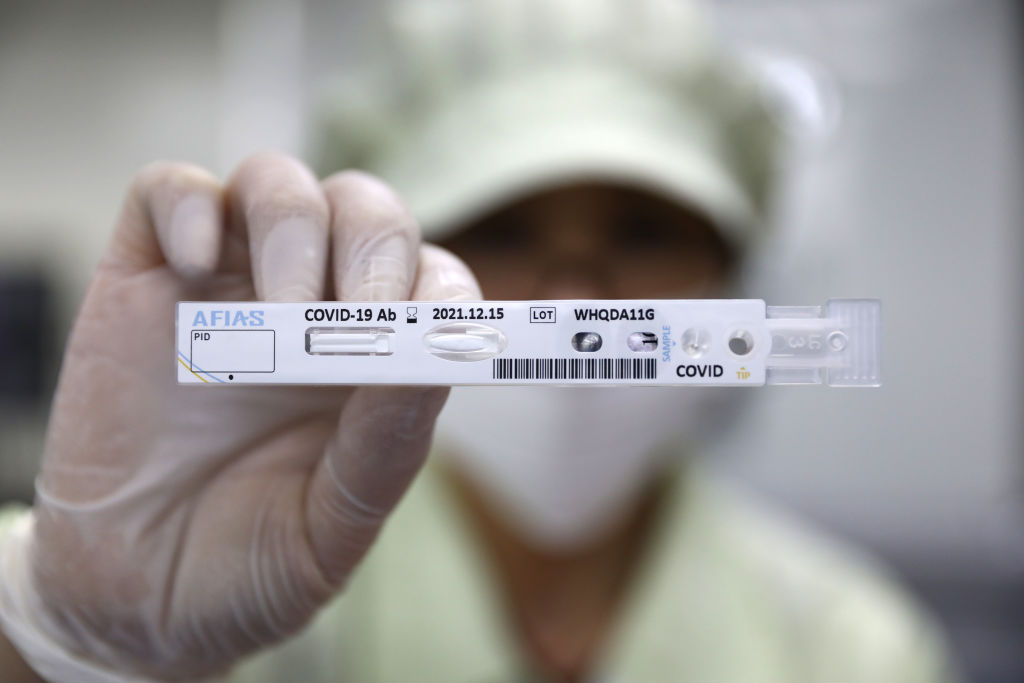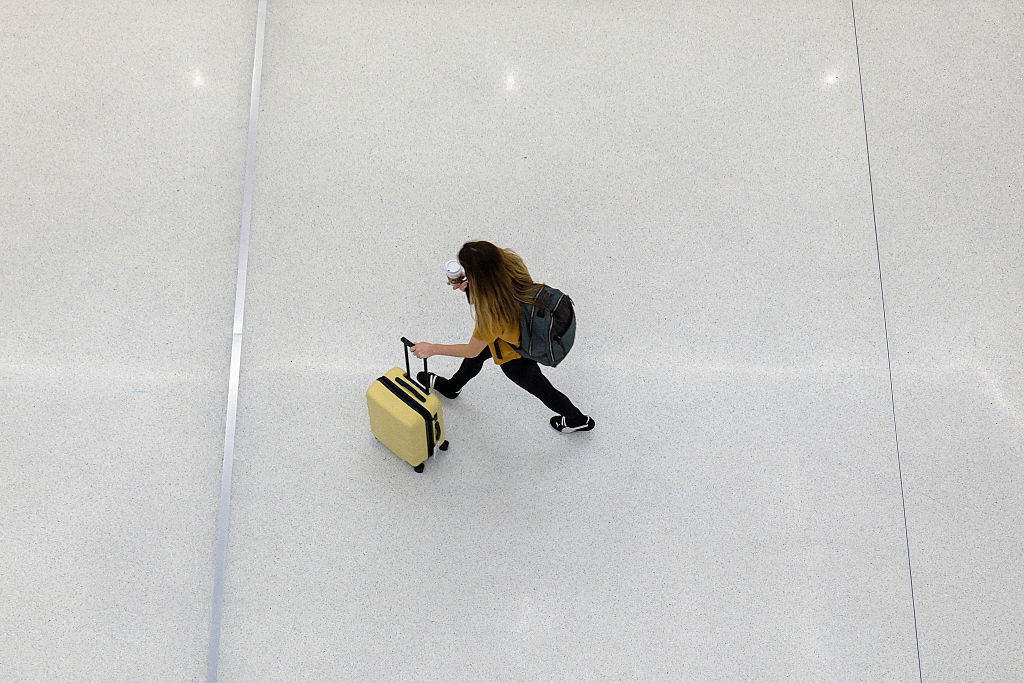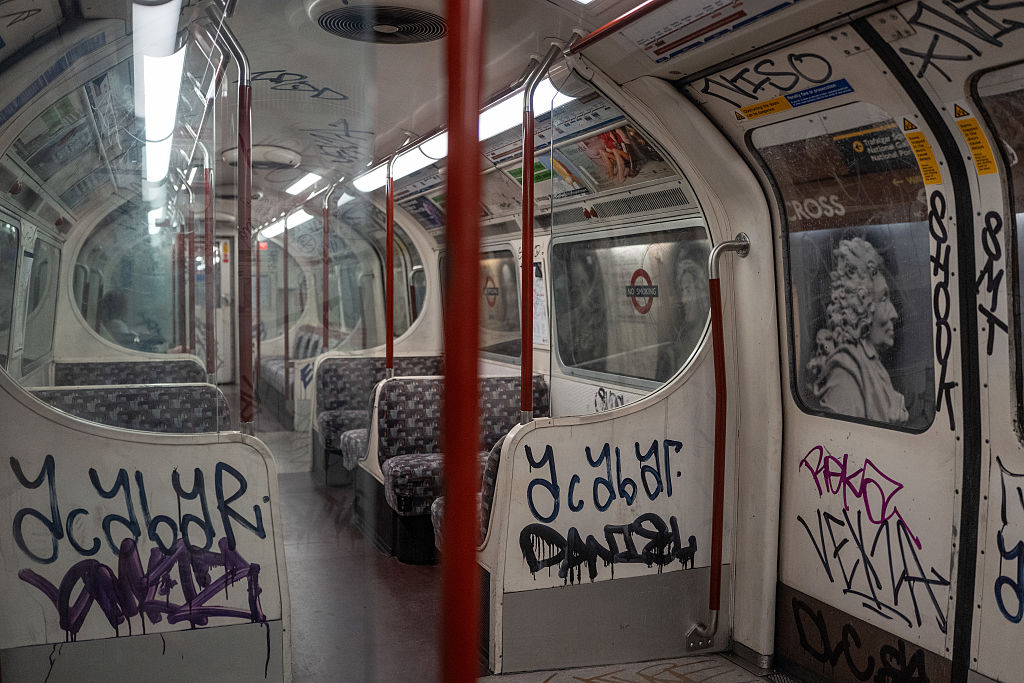Finally, the British government is to start antibody tests to see how prevalent infection with the SARS-CoV-2 virus — which causes COVID-19 — is among the general population. Over the next few days, testing kits are being sent to 20,000 randomly-selected households. The results will be crucial because it will inform us how effective lockdown has been — and whether there is any point in continuing with that policy. If, say, five percent showed signs of having had the virus it would mean that the epidemic potentially had a long way yet to run. If 50 percent have been infected with the virus it would mean that lockdown has failed and was pointless in any case — we would already be on the verge of herd immunity.
So what will be the result? From what we know of other such experiments around the world, we should be prepared to be surprised by how many of us have been infected — without, in many cases, us even being aware of it. The latest such study, from the Oise department in northern France, has come back with especially remarkable results. A team from the Pasteur Institute tested 661 pupils, staff and their families from a single high school, and found that of the 661 tested 171 showed signs of antibodies, suggesting that they had been infected with the virus. The rate of hospitalization of those infected was 5.3 percent and the fatality rate among this relatively young cohort (average age 37) was zero. The tests were taken between March 30 and April 4.
As with most research into COVID-19, which is being rushed out thanks to the desperate need to understand this virus, the Pasteur Institute study has not yet been peer-reviewed. Moreover, it was focused on a single school in an area which was known to have had a cluster of infections, and so cannot be taken to be representative of France as a whole. Nevertheless, it is yet one more piece of evidence suggesting that COVID-19 may be far more prevalent than at first believed — and correspondingly far less fatal.
Another such study to come to light this week is from Geneva, where 760 people were tested for the presence of antibodies to SARS-CoV-2, of whom 5.5 percent tested positive. This indicates that six times as many residents of the city are infected as was previously believed.
Meanwhile, modeling by the Swedish Public Health Authority claims that 26 percent of the population of Stockholm will have had the infection by May 1.
***
Get three months’ free access to The Spectator USA website —
then just $3.99/month. Subscribe here
***
All these figures are some way short of the 60 percent infection rate which the UK government’s chief scientific adviser Sir Patrick Vallance suggested would be required for herd immunity of the population. However, the British government has been working all along on the principle that COVID-19 would have an attack rate of 80 percent — that is to say that if the virus was allowed to rip through the population unchecked eight in 10 people would get infected. We don’t know if this is true — it was the government’s working assumption for a flu pandemic, but no-one really knows if it applies to COVID-19. The best guide we have is the unintentional experiment of the Diamond Princess — the cruise ship which for 10 days in January became a closed community in which COVID-19 was allowed to run rampant. In the event, only one-sixth of the 3,711 passengers and crew tested positive for the virus.
What we are still lacking is some really large studies into the prevalence of SARS-CoV-2 in the general population. These are, however, on their way. Besides the 20,000-strong UK study, 10,000 people are being tested by the US National Institute of Health and 5000 by the University of Berkeley. What they reveal will influence the future direction of the fight against COVID-19, possibly dramatically so.
This article was originally published onThe Spectator’s UK website.

























